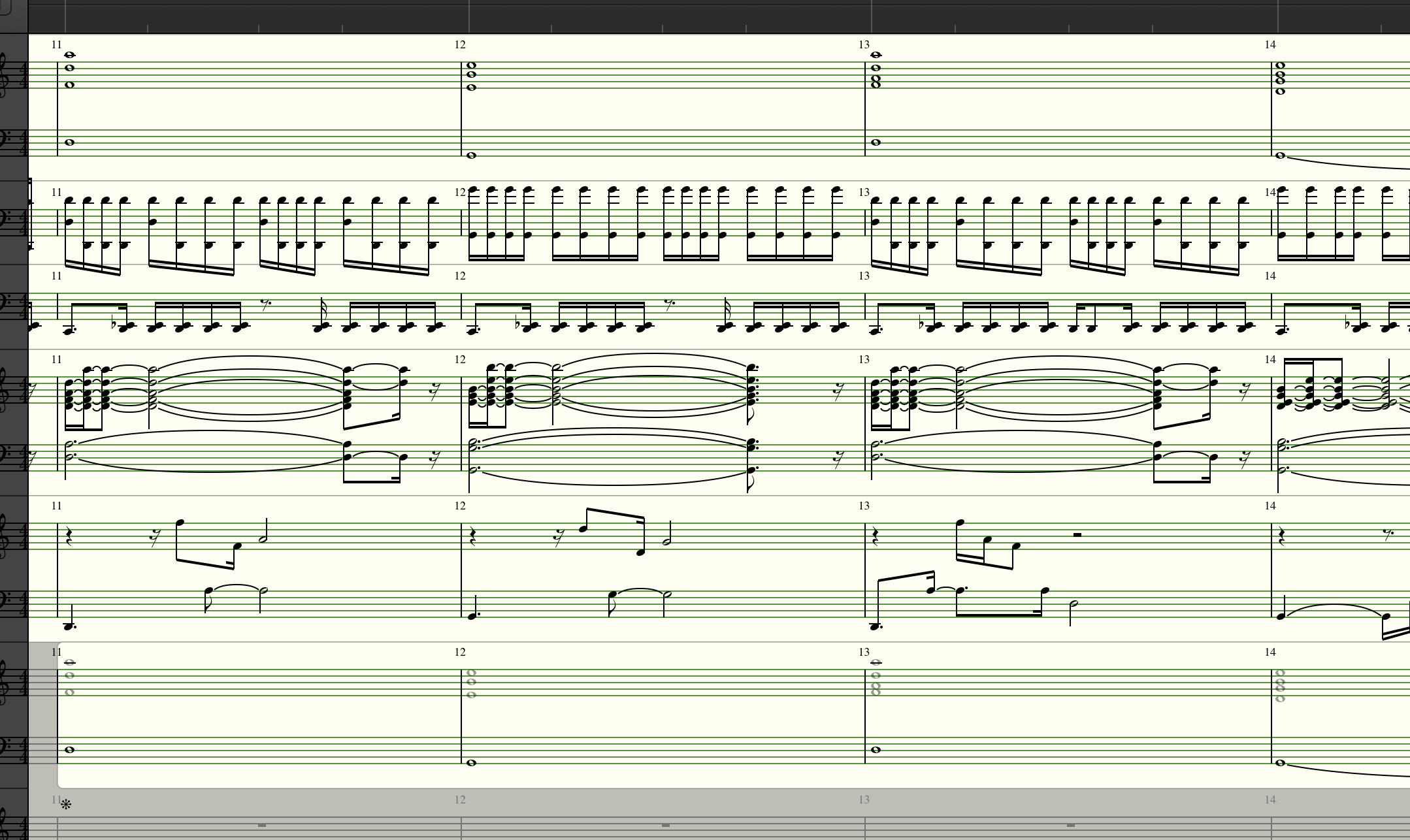Interesting question.... in my own work the distinction between orchestration and performance is somewhat fuzzy. I'll explain: Aside from the traditional tools of close listening and reading scores, I've been engaged in building my own tools as part of a project I call the Flicker Generative Orchestra. It's a kind of "computer-aided" composition system that encodes a number of theories and procedures that reflect my own understanding of how music works... a kind of personal theory of music if you will. It draws on personal intuition and experience, along with insights from cognitive science, music theory, musicology, linguistics, traditional and contemporary approaches to composition from a variety of eras and cultures, as well as a host of other sources. Along with a number of processes that generate structure in time, pitch and dynamic spaces, there are a few passes at orchestration based on mapping those structures to decisions related to orchestration, e.g. deciding on grouping of players/instruments, leading, and following roles, dynamics, transitions, transformations, etc., all guided by reference to the structure of any number of entangled multi-level metric/rhythmic hierarchies. The performance stuff is based on assessing a number of significant features of the generated melodic phrases: first, last, high points, low points, repetions, agogic moments, span of rise/fall, as well as significant metric features inherent in the metric/rhythmic hierarchies mentioned above. There's also a first stab at producing a kind of phrase arching for overal dynamics as well as sustained events using curves with variable peak positions that produce a surprising amount of expressive variety. The most recent development in this long-term project took up most of the last year and a good chunk of this one in developing a hierarchical ordering of the articulation sets for all of the VSL instruments I have at my disposal, which is a fairly comprehensive set. That involved producing a machine-readable document, more than 600 pages long, that represents the libraries as a hierarchy:
Orchestra
Section (Woodwinds, Brass, Strings, Percussion, Mallets, Keyboards, etc.)
Category (Playing methods specific to the instruments in a section, e.g. Strings here have Arco, Ponticello,
Tasto, Sordino, etc.; Brass have Standard, Mute, Stopped, etc.
Type This groups articulations into Shorts, Sustains, Performances, Repetitions, etc.
Sub-Type This is where things get interesting as this is where the grouping happens that allows
"intelligent" searches and the influence of global characteristics of the music to be applied
groups include obvious orderings like dynamics at each level from long to short,
dynamics by intensity, repetitions by tempo, upbeats by tempo and number,
other groupings are based on orderings based on globals characteristics such as
connectedness, speed for instance which would order articulations in groups based
their smoothness, or suitability for local tempo applications.
articulation1 MIDI specification: program change = matrix, 2 keyswitches for x, y position
articulation2 ditto
articulation3 ditto
etc. etc.
The results are promising. I've been using it to produce some short string quartet studies as these instruments represent the most rich articulation sets VSL offers, as well as the violin family having the greatest expressive powers, imho. I reasoned that if I could make it work for those challenging instruments in one of the most sophisticated ensemble forms, I'd have done the hardest work up front. And it's perhaps in the string quartet that the boundary between orchestration and performance is most fuzzy. With such a rich articulation set at your disposal, deciding on articulations really is tantamount to orchestrating in this ensemble, and vice-versa. Or perhaps it's all just composition in the end, particularly in a form such as this, in which the composer is responsible for every detail of the music from structure, through instrumentation, orchestration and ultimately the expressive performance of the music that others will hear.
The performance system works well enough that I'm in the process of pulling it into a standalone tool for providing quick performance sketches of a MIDI file you can load into the tool, and then try out different "playing styles" of your own devising based on the significant melodic features analysis I described above.
I'm attaching an example of one of the string quartet studies from a few months back, so you can hear what this all ends up sounding like.
Regards,
Kenneth.

